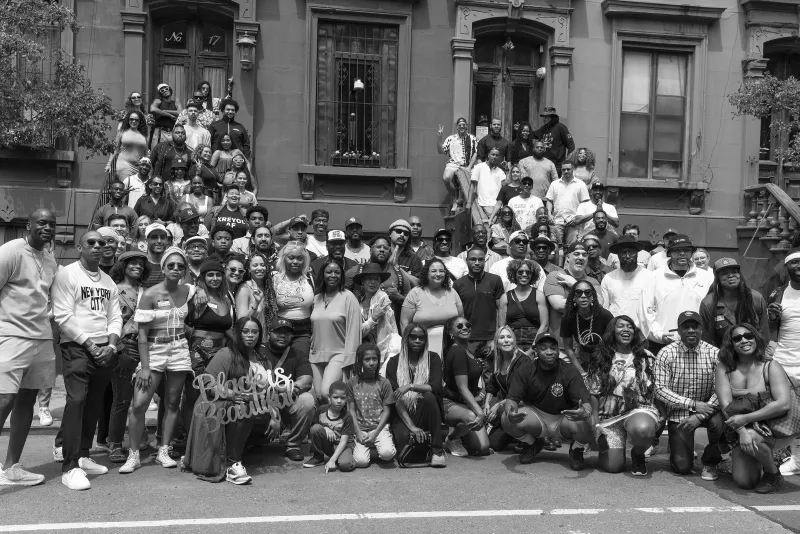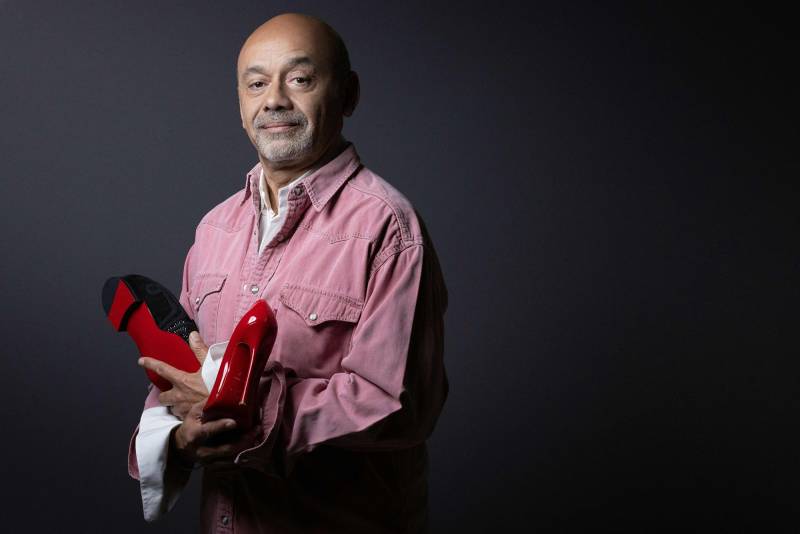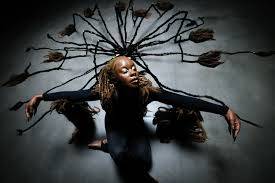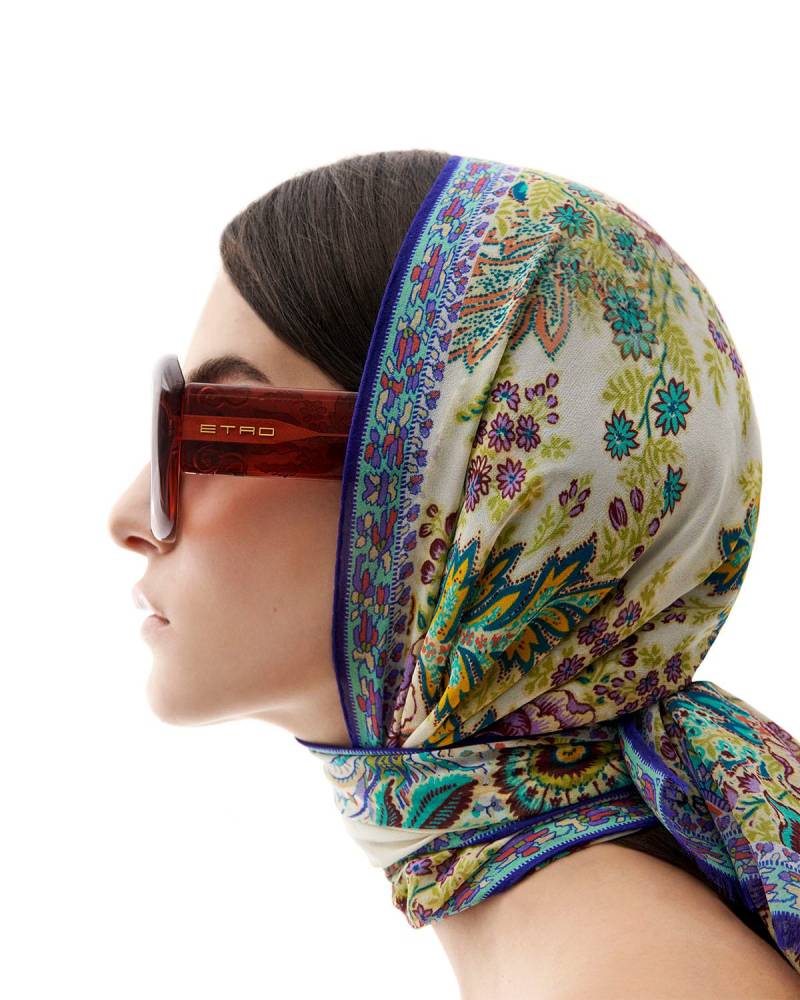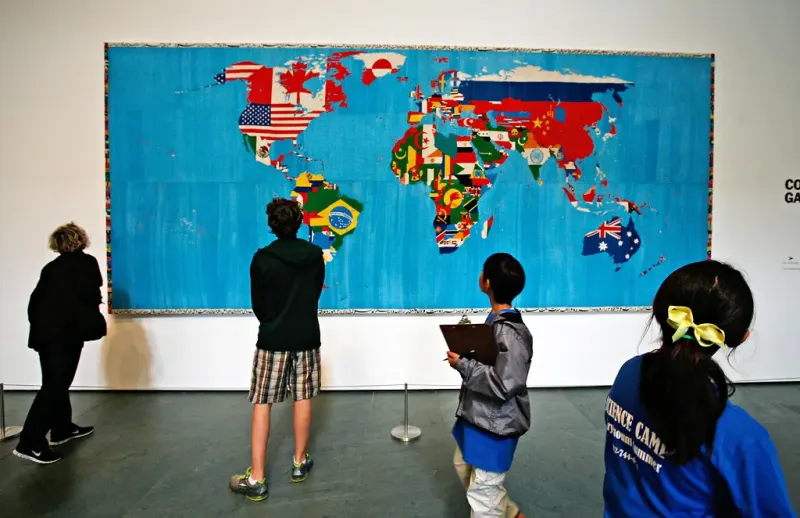Every year, people from around the world pilgrimage to a leafy Harlem brownstone on E. 126th Street in hopes of conjuring history. It was there in 1958 that 57 jazz icons, from Thelonious Monk to Dizzy Gillespie, gathered to take a now-iconic photo for Esquire Magazine.
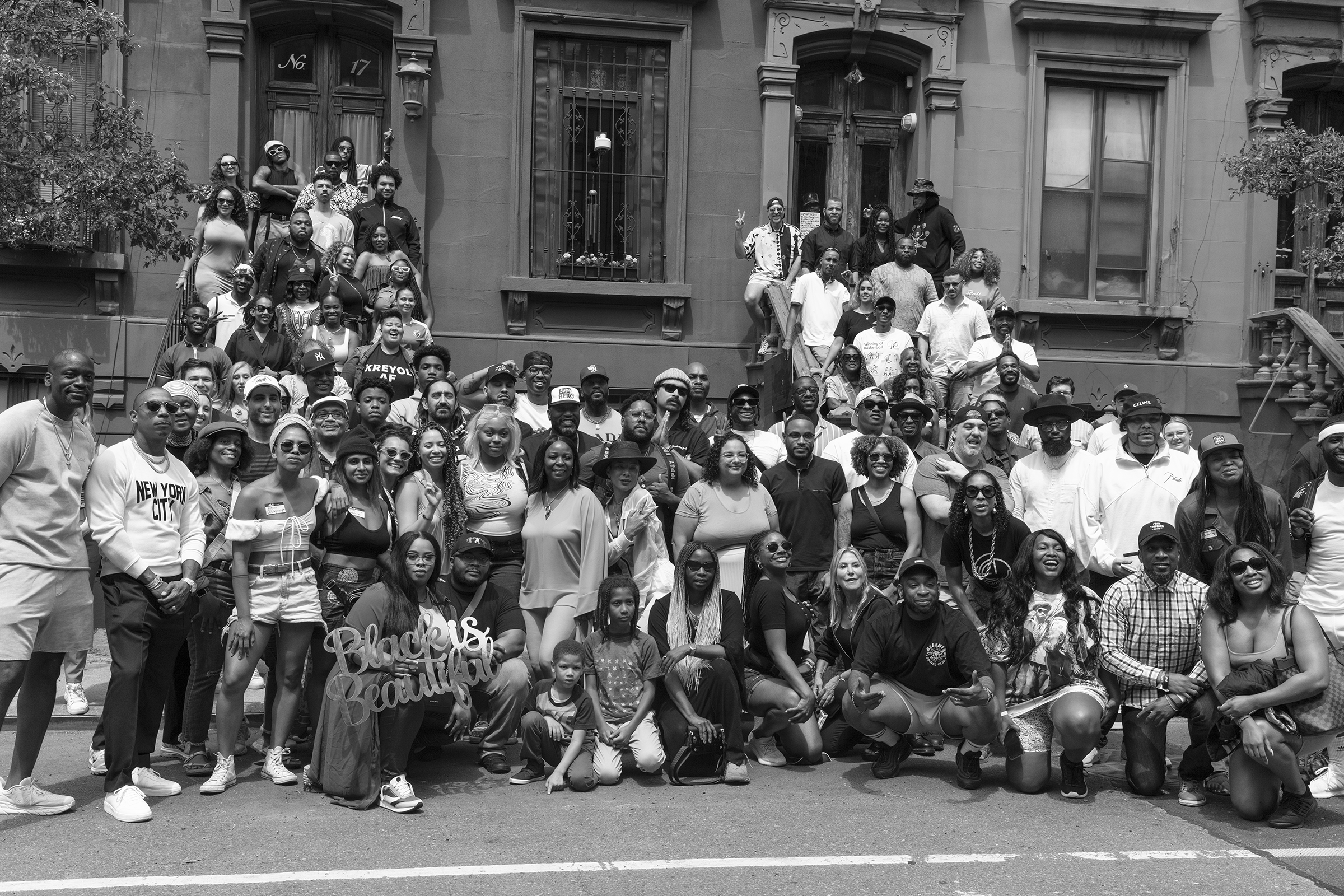
Forty years later, hip-hop royalty including Rakim, Grandmaster Flash, and A Tribe Called Quest crowded on the same steps for XXL Magazine, staking their claim as generational inheritors of Black artistic excellence.
In June, a new group ascended the steps in the hopes of inserting themselves into the same legacy: Black NFT artists. Such a declaration might give some skeptics pause. Crypto has been one of the year’s foremost cultural lightning rods, as the crypto market has aggressively slumped, hacks and thefts have mounted, and pyramid schemes have caved onto themselves.
But these artists and crypto builders are certain that there’s an unequivocal thruline between jazz, hip-hop, and the so-called Web 3. They say crypto could be the key toward a brighter, more resilient future for Black artistry, and are adamant on continuing to bring their peers onboard, bear market and naysayers be damned. “It’s the same thing: It started from nothing,” says the rapper Fat Joe, who stood solemnly below the brownstone steps just as he had for the hip-hop shoot 26 years earlier. Referring to NFTs, he said, “It’s actually the only place where you can find an even playing field. It’s time to bring awareness and let everybody know that there’s opportunity for everyone.”

It wasn’t so long ago that the number of Black people in the NFT community was close to zero. When the Oakland-based photographer Brandon Ruffin became interested in the space in November 2020, he found “not even a few” Black voices in NFT conversations on the audio chat app Clubhouse. “It would make you question, ‘Is this a place for us?,’” he recalls.
But Ruffin, known as Ruff Draft, was still intrigued by the space, partly because it offered a stark alternative to the relentless churn of Instagram, one of the primary platforms he used to showcase his work. “On Instagram, I felt more restricted, like I really had to be anchored to the algorithm if I wanted to be relevant,” he says. “When I got on Clubhouse and met other photographers, I felt inspired and liberated from a lot of things that didn’t matter. It helped me focus on the art more, and made some really good friends.” Ruffin sold more than $40,000 worth of NFTs in December 2021 alone.

Last November, the chef and event organizer Manouschka Guerrier showed up to NFT.NYC—a series of lavish events that took the city by storm at the height of the bull market—and found that she was often the only Black woman in the room. “It was my Uber drivers or bartenders who would look at me, and start asking me questions about NFTs,” she says. “I found myself onboarding a lot of New Yorkers.” Little by little, Guerrier and others made concerted efforts to bring Black artists and builders into the NFT space via social media and word of mouth. A community grew.
Read Also: Qatar World Cup to start a day early on November 20
Encouraged by this growth, Guerrier became increasingly inspired by the space’s potential for decentralization and ownership, and the way it could open up a world where artists create freely, release their work to the public, and profit directly without the need for penny-pinching intermediaries. At the next NFT.NYC in June 2022, she had the idea to organize an event that would bring together a community that had previously only interacted digitally, plant a flag for its artistic primacy, and tie it back to a rich cultural past.
So she sent out an open call for Black NFT artists and enthusiasts to come to Harlem on June 19th, to recreate the iconic jazz and hip-hop stoop photos. About 90 showed up, from key artists at the forefront of the NFT movement, like Ruff Draft and Cory Van Lew, a painter whose colorful works have sold at Sotheby’s for hundreds of thousands of dollars, to entrepreneurs like Nait Jones, a founder of the NFT music startup Royal. (Notable no-shows included: the photographer Drift, who takes photos from atop skyscrapers and has sold millions worth of NFTs, and the curator Diana Sinclair, who co-runs the Digital Diaspora series, and the hip-hop artist Latashá.)
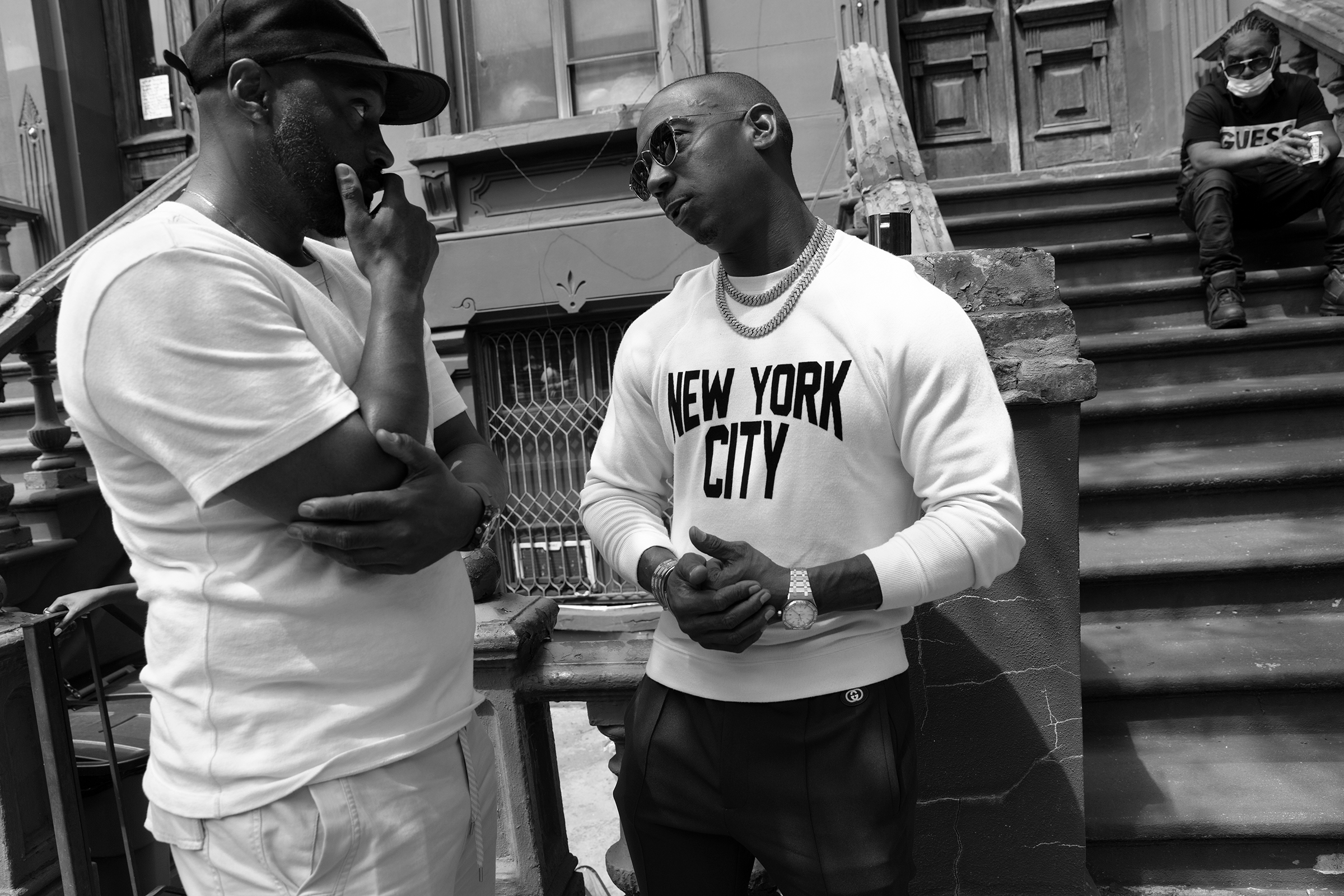
The event also drew an older, hip-hop oriented guard who believe that NFTs will be just as powerful for them as they will be for a younger generation. Many of hip-hop’s foremost elder statesmen have jumped into crypto, including Jay-Z, Nas, and Snoop Dogg. And in Harlem, a trio of beloved rappers who rose the prominence in the 90s—Fat Joe, Ja Rule, and Bun B—showed up to soak in the crowd and talk with younger artists. Former NBA star Metta World Peace, who launched his own NFT community in April and has long been enmeshed in hip-hop culture, also arrived, beaming.
Ja Rule, who has several NFT ventures, spent most of his time at the event hyping up one of his proteges, the NFT artist Nick Davis, who created the art series “Black is Beautiful.” “We’re so programmed to believe that only the art that was done many years ago is the art that’s valued the most. But such great art is being done today in the NFT and Web 3 space,” Ja Rule said. “My vision and dream is to have Nick be a household name like Basquiat or Rembrandt.”
